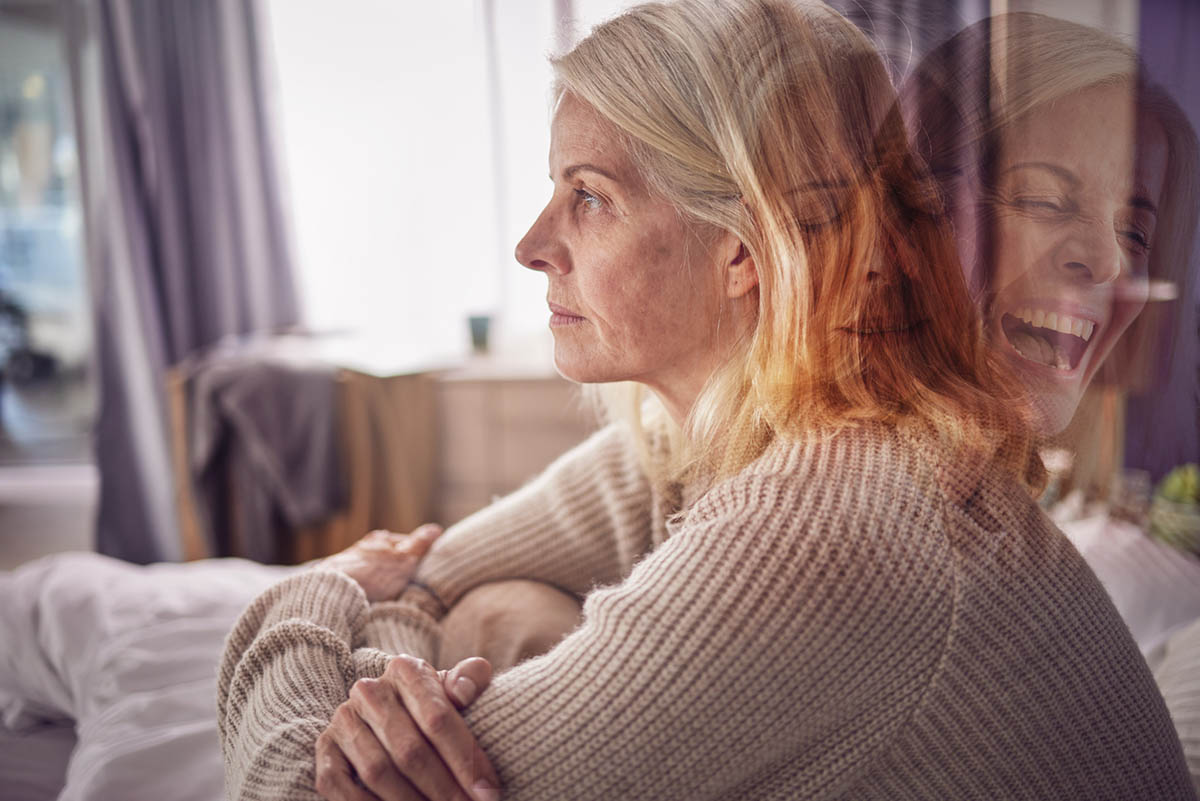Objective: To describe the longitudinal association between disease severity, time established in clinical treatment, and caregiver burden in a community-based patient population diagnosed with pediatric acute-onset neuropsychiatric syndrome (PANS).
Methods: The study included an observational longitudinal cohort design, with Caregiver Burden Inventories (CBIs) collected between April 2013 and November 2016 at the Stanford PANS multidisciplinary clinic. Inclusion criteria for this study were as follows: pediatric patients meeting strict PANS/pediatric autoimmune neuropsychiatric disorders associated with streptococcal infections (PANDAS) diagnostic criteria (n = 187), having a caregiver fill out at least 1 complete CBI during a disease flare (n = 114); and having family who lives locally (n = 97). For longitudinal analyses, only patients whose caregiver had filled out 2 or more CBIs (n = 94 with 892 CBIs) were included. In the study sample, most primary caregivers were mothers (69 [71.1%] of 97), the majority of PANS patients were male (58 [59.8%] of 97), and mean age at PANS onset was 8.8 years.
Results: In a patient’s first flare tracked by the clinic, 50% of caregivers exceeded the caregiver burden score threshold used to determine respite need in care receiver adult populations. Longitudinally, flares, compared with quiescence, predicted increases in mean CBI score (6.6 points; 95% CI, 5.1 to 8.0). Each year established in clinic predicted decreased CBI score (−3.5 points per year; 95% CI, −2.3 to −4.6). Also, shorter time between PANS onset and entry into the multidisciplinary clinic predicted greater improvement in mean CBI score over time (0.7 points per year squared; 95% CI, 0.1 to 1.3). Time between PANS onset and treatment with antibiotics or immunomodulation did not moderate the relationship between CBI score and time in clinic.
Conclusions: PANS caregivers suffer high caregiver burden. Neuropsychiatric disease severity predicts increased caregiver burden. Caregiver burden tends to decrease over time in a group of patients undergoing clinical treatment at a specialty PANS clinic. This decrease could be independent of clinical treatment.
Continue Reading...
Did you know members enjoy unlimited free PDF downloads as part of their subscription? Subscribe today for instant access to this article and our entire library in your preferred format. Alternatively, you can purchase the PDF of this article individually.
Please sign in or purchase this PDF for $40.00.
Save
Cite
Already a member? Login




